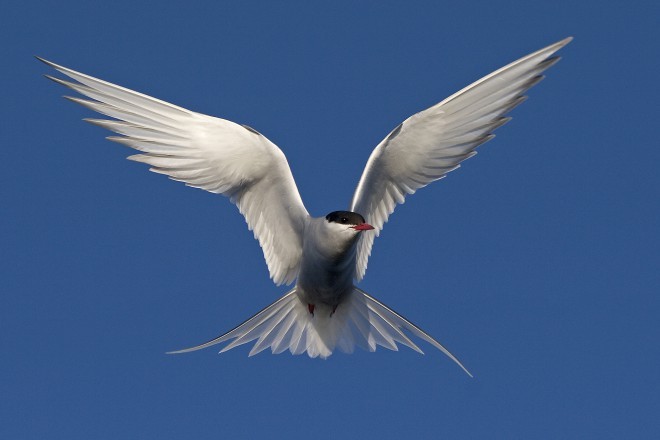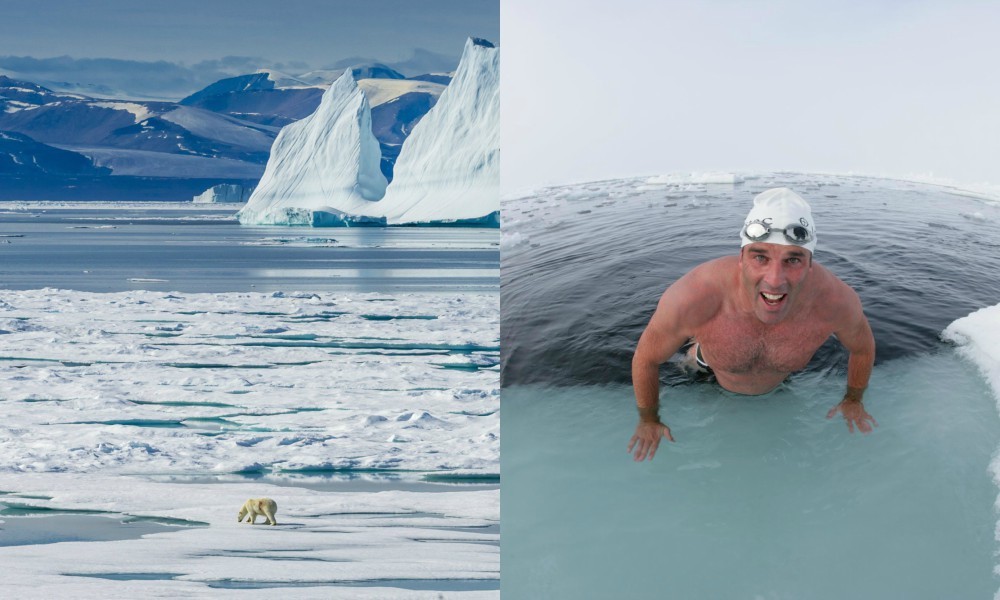What do we really know about the North Pole, the home of Santa Claus? Probably not much, as it is a rather unpopulated place in the world. What else should you know about this mysterious, mythical place? History, geography and general knowledge have never been more fun than they will be now! Here are things you probably didn't know about the North Pole.
Only to the south!
If you were to stand at the North Pole now and turn in any direction, you would always be facing South (you cannot go further than the North Pole). Although it appears that you are standing on solid ground, you are actually standing on the ice of the top of the ocean. The nearest land is quite far, more than a thousand kilometers to the south. The North Pole moves towards Russia at a snail's pace (around 54 kilometers every year).
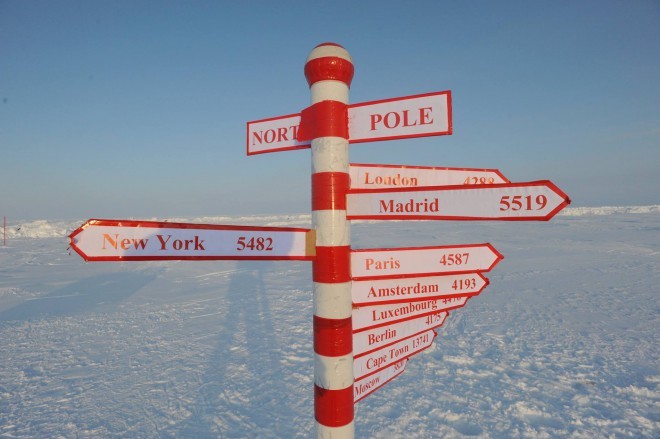
The North Pole is not the coldest place on earth.
Most people get chills just thinking about going to the North Pole, but it's far from the coldest place on earth, although it can really chill us to the bone. The South Pole is much, much colder, with winter temperatures averaging -60 degrees Celsius. At the North Pole, temperatures drop to a maximum of -42 degrees Celsius.

Runners beware: you can run a marathon at the North Pole.
The North Pole also has its own marathon, the self-proclaimed 'coldest marathon in the world', which has been running since 2002. The runners thus face an average of 30 degrees below zero, and usually wear several layers of thermal clothing, two pairs of socks and goggles. Running across the frozen Arctic Ocean is suitable for those with time, energy and a lot of money. The registration fee is around 15,000 euros, which includes the flight, accommodation, helicopter ride to the camp, medals for those who did well, t-shirts for those who finish the race, and a DVD as a souvenir.
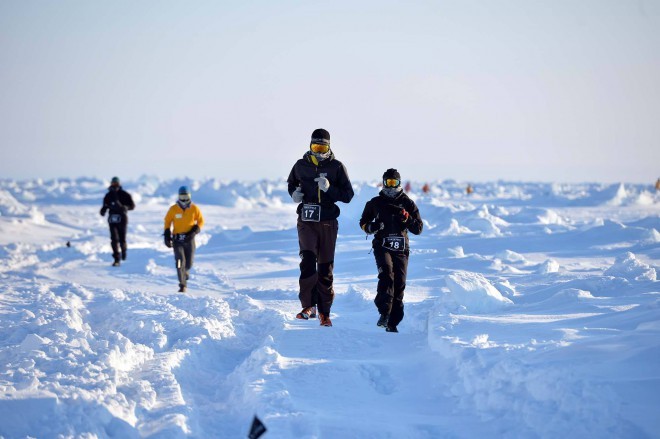
Who lives at the North Pole? Except for Santa Claus...
Santa Claus, Mrs. Claus, reindeer and elves are not the only inhabitants of the Arctic Circle. Most people avoid it because of the unbearable temperatures, but some have just found a home here. Indigenous Inuit tribes live in northern Canada and Alaska, just around the corner. The outer region of the Arctic Circle is home to polar bears, orcas, humpback whales, belugas, arctic foxes, wolves, squirrels, walruses and Svalbard deer. Despite what some people think, polar bears do not eat penguins. Well, it's not because they don't want them, but because there are no penguins at the North Pole, nor are there polar bears at the South Pole.

You can swim at the North Pole.
Swimming in Arctic waters is apparently not only suitable for bears. In the summer, it is bearable enough for people to venture into them as well. In 2007, Englishman Lewis Gordon Pugh decided to swim along the ice crack. The water was -2 degrees Celsius, and Lewis lasted almost 19 minutes in the water.
READ MORE: Is Iceland even on this planet?
Unicorns from the sea
Santa isn't the only North Pole legend. The myths we hear about unicorns actually come from a creature that has its home at the North Pole. What makes the unicorn or narwhal so 'magical' is its unusually long horn, the incisor, which curls from the left side of the upper jaw. It can grow up to three meters long and weigh up to 10 kilograms. In the 16th century, unicorn horns, like elephant tusks, were believed to have the power to cure diseases. Queen Elizabeth I even reportedly spent £10,000 to get her own unicorn horn. Unfortunately, today the unicorn population is decreasing due to climate change and hunting.
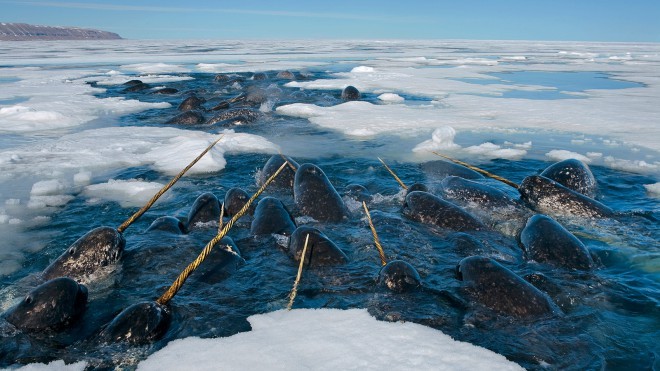
The North Pole has no time zone.
The North Pole doesn't really belong to anyone, and it doesn't even have a time zone. The reason is that the sun rises and sets only once a year. There are 187 days above the horizon in the summer months and 178 days below the horizon in the winter months. Since there is no permanent human population in this part, a time zone has never been assigned. Visitors can thus use the desired time zone.
Interesting fact: Some believe that the absence of a time zone is part of the magic that allows Santa to give gifts to children all over the world in a single night.
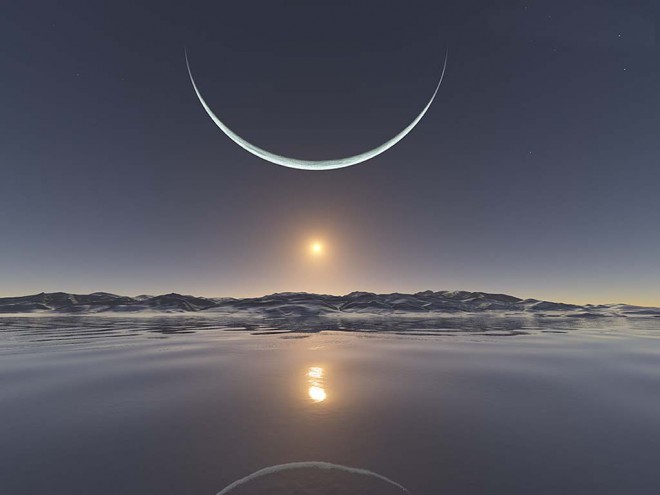
Desired holiday destination?
It's not just marathoners who visit the North Pole. For a hefty sum of money, each of us can create an adventure for ourselves. Scenic cruises are available, and in summer visitors can spot polar bears and walruses and experience arctic flora. Those looking to warm up can visit The Chena Hot Springs geothermal hot spring, where they can watch the Northern Lights. They say that it is most magnificent right from August to May. Guests can choose between luxury rooms or opt for the 'rough' Mongolian yurts for the full arctic experience.

The North Pole can reverse.
The north and south poles (magnetic poles) can actually reverse. They last turned about 780 thousand years ago, and they need several thousand years to turn. While this may cause considerable chaos, it is not necessarily catastrophic for humanity. If this actually happened, many technologies would have to be regulated, and there is also the possibility that people would be less protected from the harmful effects of the sun, which means more cases of skin cancer. Earth's magnetic field is weakening, which could be a sign that a reversal will occur in a few thousand years.

The longest migration in the world
You've probably all heard of the journey of the penguin, but what about the super long journey of the arctic tern? Not so interesting, is it? A small bird, mostly white and gray in color with a black 'cap' on its head and a bright orange-red beak, embarks on the world's longest migration every year. The bird thus travels from the North Pole to the South Pole when it is winter in the Northern Hemisphere. He travels 35,000 kilometers every year, which is roughly the same as if he flew around the world.
